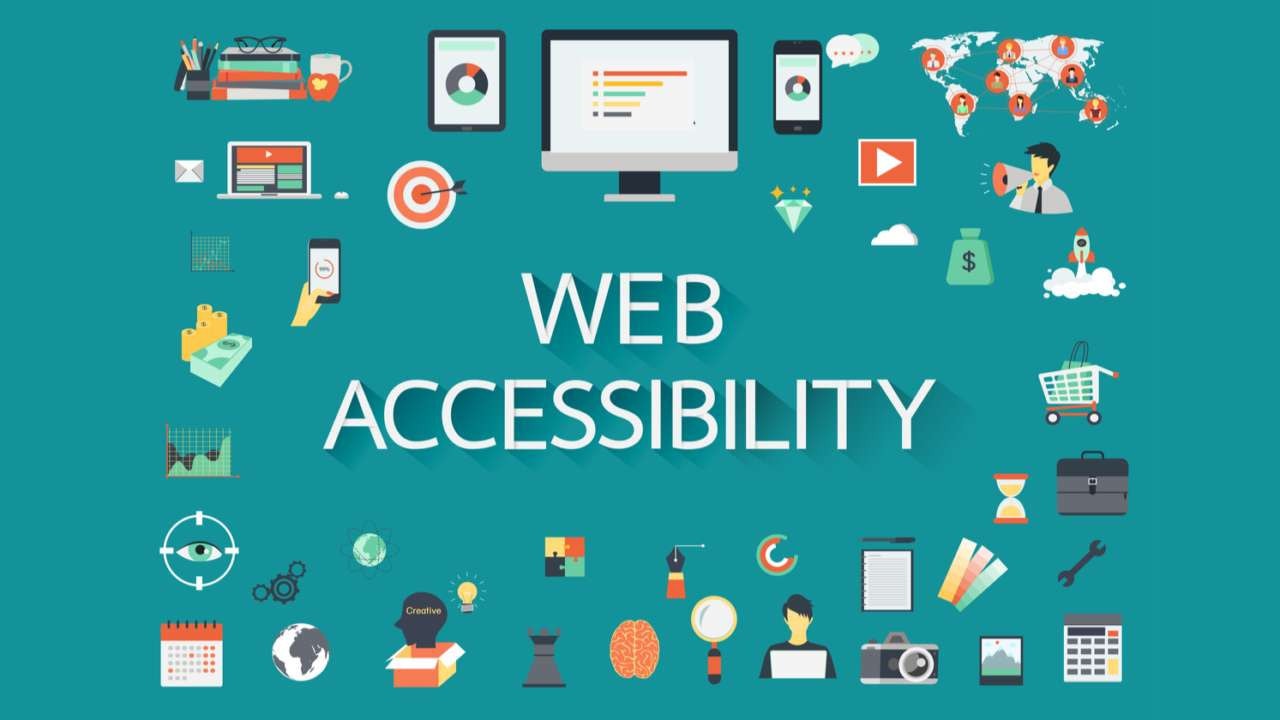Web accessibility refers to the practice of making websites usable for people of all abilities and disabilities. It ensures that everyone, including individuals with visual, auditory, motor, and cognitive impairments, can access and interact with web content effectively. As the internet becomes an increasingly essential part of daily life, the importance of web accessibility in modern development cannot be overstated. This article explores the principles of web accessibility, its benefits, and best practices for developers.
Why Web Accessibility Matters
- Inclusivity: Web accessibility promotes inclusivity, allowing everyone to participate in the digital world. This includes people with disabilities, older adults, and those with temporary impairments.
- Legal Compliance: Many countries have laws and regulations requiring websites to be accessible. Non-compliance can result in legal consequences and damage to a brand’s reputation.
- Broader Audience: By making websites accessible, businesses can reach a wider audience. Approximately 15% of the global population lives with some form of disability. Ignoring this demographic can limit potential customer bases.
- Improved User Experience: Accessible design often leads to a better user experience for all users, not just those with disabilities. Features like clear navigation, alternative text for images, and proper color contrast benefit everyone.
- SEO Benefits: Many accessibility best practices overlap with SEO strategies. For example, using descriptive alt text for images can enhance search engine visibility while also aiding users with screen readers.
Principles of Web Accessibility
- Perceivable: Information and user interface components must be presentable to users in ways they can perceive. This includes providing text alternatives for non-text content, captions for videos, and ensuring sufficient contrast between text and background.
- Operable: Users must be able to operate the interface. This means making all functionality available from a keyboard, providing users with enough time to read and use content, and avoiding design elements that are known to cause seizures.
- Understandable: Information and operation of the user interface must be understandable. This involves using clear language, providing instructions for complex tasks, and ensuring that web pages are predictable in their behavior.
- Robust: Content must be robust enough to be interpreted reliably by a wide variety of user agents, including assistive technologies. This includes adhering to web standards and using valid HTML and CSS.
Best Practices for Implementing Accessibility
- Use Semantic HTML: Using semantic HTML elements (like <header>, <nav>, <article>, and<footer>) helps assistive technologies understand the structure and content of a webpage.
- Provide Alternative Text: Always include descriptive alt text for images. This text should convey the function and purpose of the image to users who rely on screen readers.
- Ensure Keyboard Accessibility: All interactive elements should be navigable using a keyboard. This is crucial for users with motor impairments who may not be able to use a mouse.
- Design for Color Contrast: Ensure sufficient contrast between text and background colors to make content readable for users with visual impairments. Tools like the WebAIM Contrast Checker can help assess color contrast ratios.
- Create Accessible Forms: Label elements clearly, use fieldsets and legends for grouping, and ensure that error messages are understandable. Form fields should be navigable using a keyboard.
- Implement Responsive Design: Ensure your website is mobile-friendly and accessible on various devices. Responsive design improves usability for all users, including those with disabilities.
- Provide Transcripts and Captions: For audio and video content, provide transcripts and captions to ensure that users with hearing impairments can access the information.
- Test for Accessibility: Regularly test your website using accessibility evaluation tools like WAVE, Axe, or Lighthouse. User testing with individuals with disabilities can also provide valuable insights into potential issues.
Conclusion
Web accessibility is a fundamental aspect of modern web development that enhances inclusivity, compliance, and overall user experience. By adhering to accessibility principles and best practices, developers can create websites that are usable for everyone, regardless of their abilities. As the digital landscape continues to evolve, prioritizing accessibility will not only meet legal requirements but also contribute to a more equitable and user-friendly online environment.


